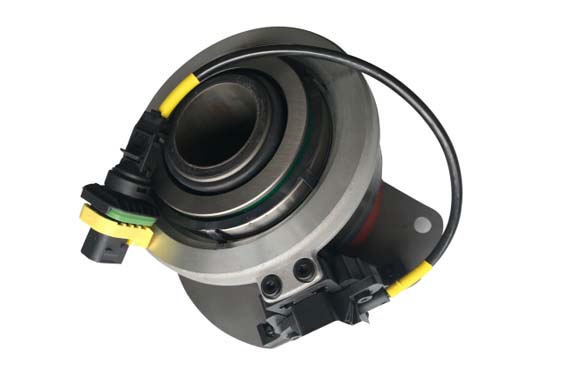
The geartronic transmission mainly refers to the geartronic transmission of the car, which is divided into two types: manual and automatic. The manual geartronic transmission is mainly composed of gears and shafts, and the variable speed and torque are generated through different gear combinations; while the automatic geartronic transmission AT is a hydraulic variable transmission. It consists of torque converter, planetary gear, hydraulic pitch change system and hydraulic control system. The variable torque is achieved by means of hydraulic transmission and gear combination. The function is to change the transmission ratio, so that the car can run backwards when the rotation direction of the engine remains unchanged; use the neutral gear to interrupt the power transmission, so that the engine can be started, idle, and facilitate the transmission shift or power output. Today, I will introduce the classification of geartronic transmissiones and the characteristics of various geartronic transmissiones in detail to the majority of car friends.
Manual transmission, also known as manual transmission, means that the gear lever can be moved by hand to change the gear meshing position in the transmission and change the transmission ratio, so as to achieve the purpose of shifting. The gear lever can only be moved when the clutch is depressed. If the driver is skilled, a car with a manual transmission can accelerate and overtake faster than an automatic transmission and save fuel.
The automatic transmission is a device that can automatically shift gears according to the engine speed compared with the manual transmission. It consists of a hydraulic torque converter, a planetary gear and a hydraulic control system. There are three common types of automotive automatic transmissions, namely hydraulic automatic transmission (AT), mechanical continuously variable automatic transmission (CVT), and electronically controlled mechanical automatic transmission (AMT). Automatic and manual transmissions do the same thing in completely different ways.

It is composed of a hydraulic torque converter, planetary gears and a hydraulic control system, and the variable torque is achieved by means of hydraulic transmission and gear combination. A car with automatic paddles (automatic transmission) can automatically shift and change torque according to the road conditions, so that the driver can concentrate on the road traffic without being distracted by shifting gears. AT geartronic transmission models are the most common. This geartronic transmission was developed as early as the last century. It is also the first geartronic transmission that can automatically shift gears. The mechanical principle is simple. Stable and reliable, relatively wear-resistant.
AMT is improved on the basis of the traditional manual gear transmission; it combines the advantages of AT and MT with an electromechanical-hydraulic automatic transmission; AMT not only has the advantages of automatic transmission of hydraulic automatic transmission, but also The advantages of high efficiency, low cost, simple structure and easy manufacture of the original manual transmission gear transmission are retained. It combines the advantages of the two and is very suitable for an electromechanical-hydraulic integrated automatic transmission. It is modified on the existing mechanical geartronic transmission, retains most of the original assembly parts, and only changes the shift lever part of the manual operating system. The manufacturer accepts. Its disadvantage is non-power shifting, which can be compensated for by the electronic control software. Of the several automatic transmissions, the amt clutch actuator is the best value for money.
DCT is located between the engine and the geartronic transmission, it is a transmission mechanism that can both transmit power and cut off power. The twin-clutch transmission can be divided into wet dual-clutch and dry dual-clutch. Its main function is to ensure that the car can start smoothly, reduce the impact load of the transmission gear when shifting gears, and prevent overloading of the drive train. The twin-clutch transmission has the advantages of more direct shifting and less power loss, but the probability of failure is higher.
CVT usually refers to a kind of automobile transmission, also called continuously variable transmission. It does not have a specific gear, and operates like an automatic transmission. The difference between a CVT and a stepped transmission is that its gear ratio is not an intermittent point, but a series of continuous values, resulting in good economy, power and ride comfort, while reducing emissions and costs.